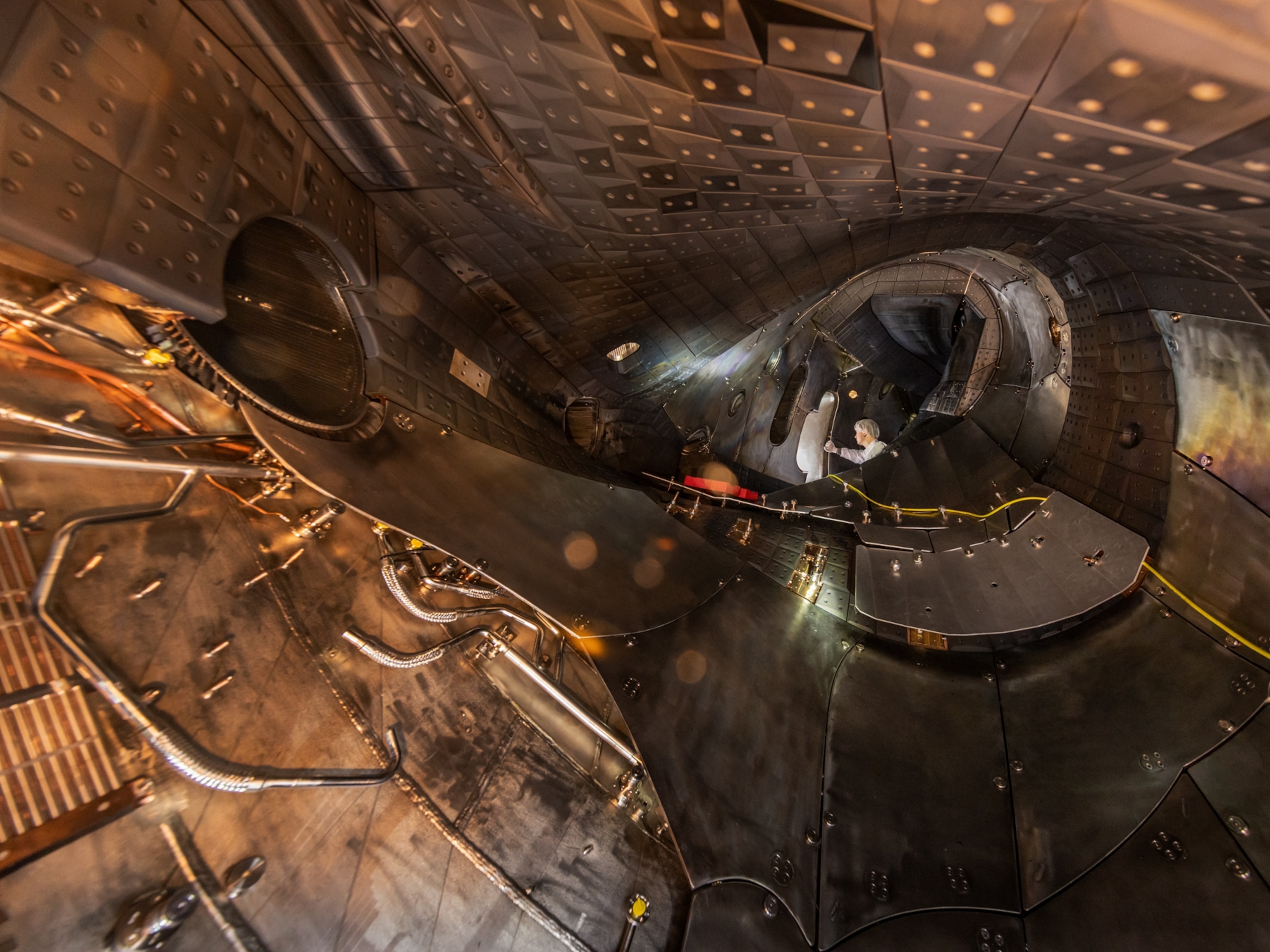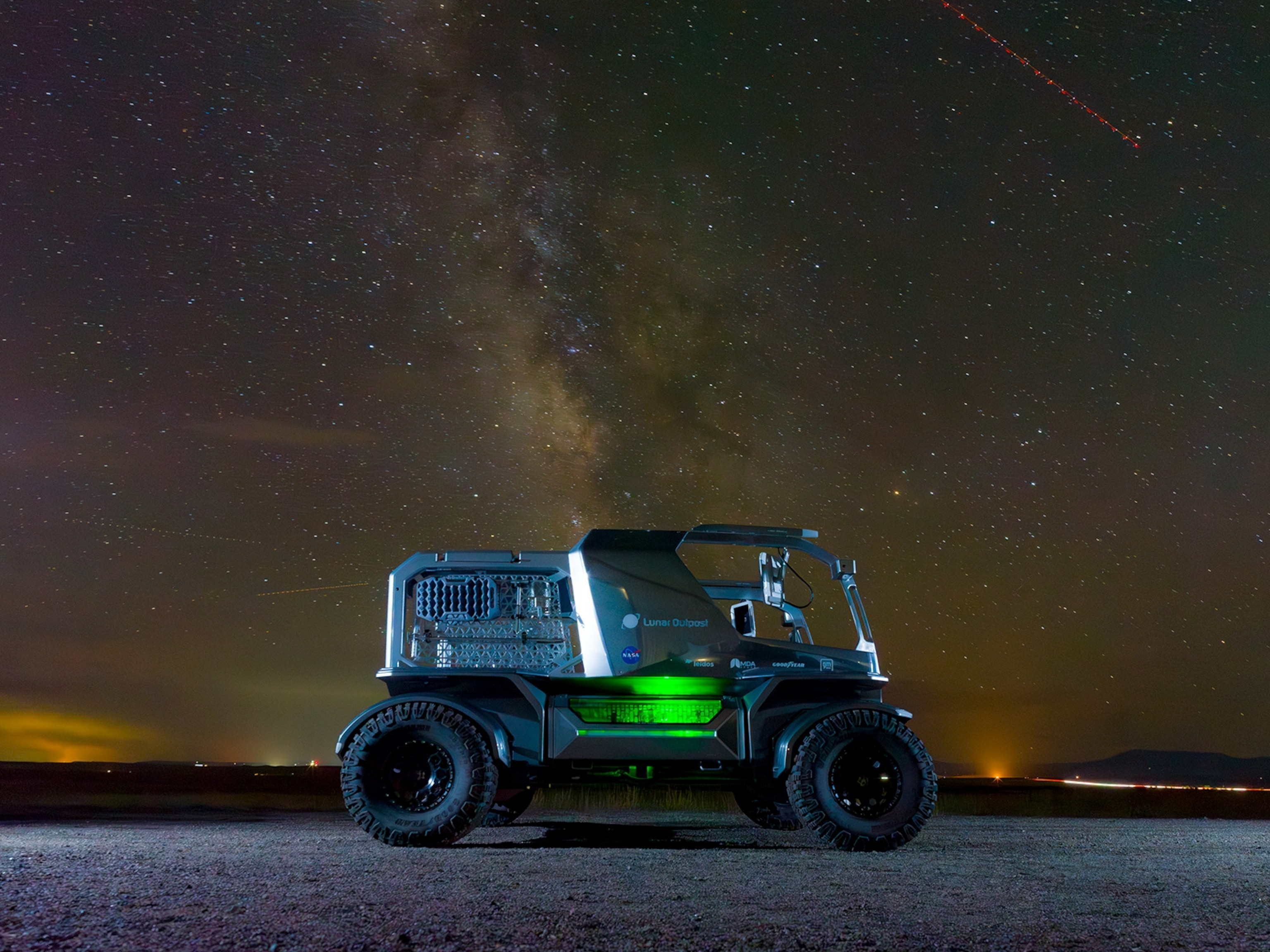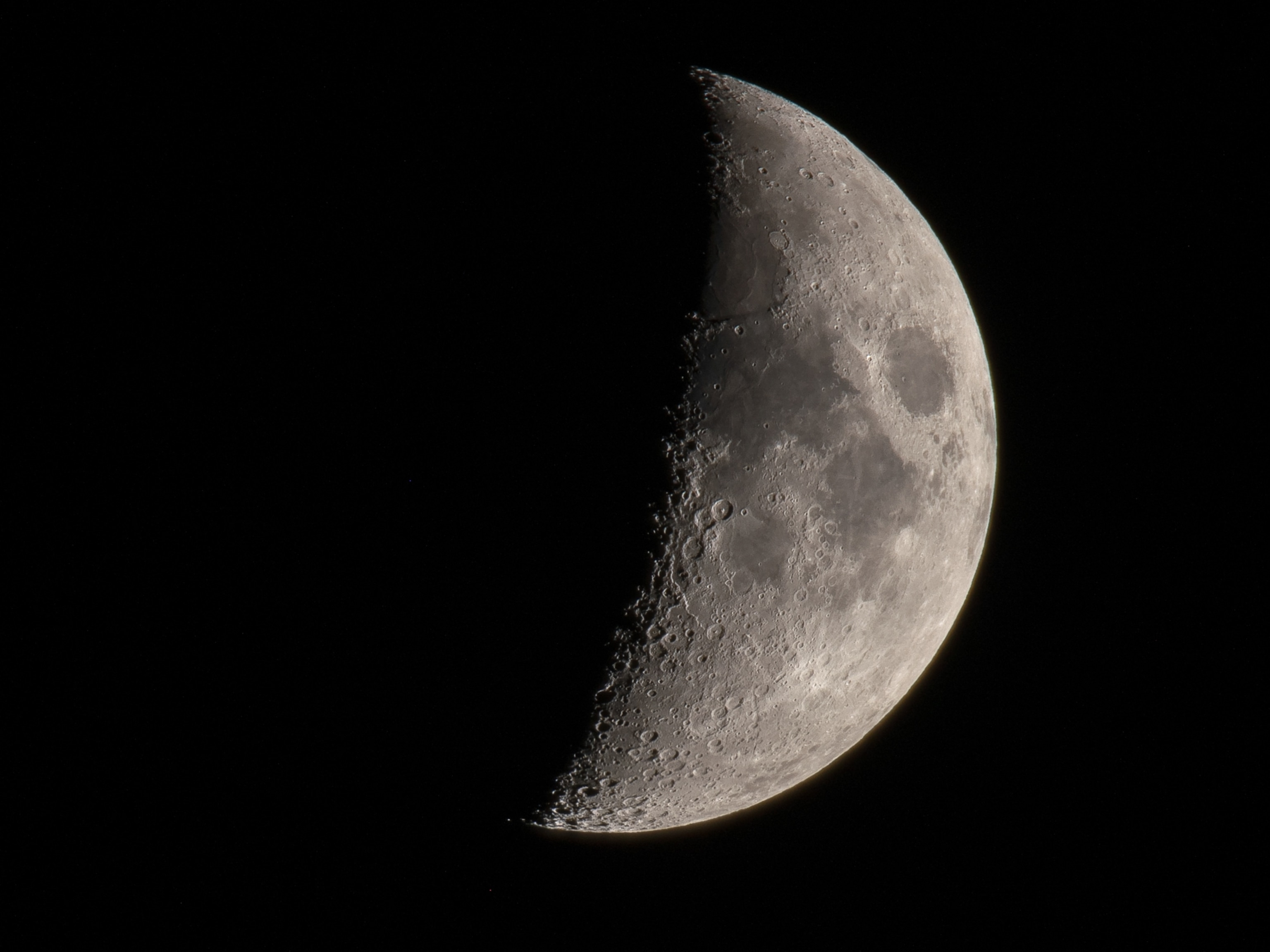
Rare Blueprints Show How an Iconic Baseball Stadium Evolved
Intricate hand-drawn architectural diagrams detail renovations to the original Yankee Stadium.
It may have been known as “The House That Ruth Built,” but the original Yankee Stadium was actually built by an engineering company from Cleveland. Between opening day in 1923 and its demolition in 2009, the stadium became an icon of American sports architecture, home to baseball greats from Babe Ruth to Derek Jeter, and 26 World Series championship teams.
Osborn Engineering, the firm that built it, was founded in 1892 and got its start on bridges, roadways, and other civil engineering projects. But the growing popularity of spectator sports created new opportunities. By 1928, Osborn had designed 75 ballparks around the country, including Fenway Park in Boston, Comiskey Park in Chicago, and the football stadium at the University of Notre Dame.
The plans and blueprints for these stadiums were works of art, says Kurt Rim, Osborn’s CEO emeritus. They were hand-drawn in pen on linen. It was painstaking work, assisted by the use of stencils and templates, but largely done freehand. Because the work was done in pen, mistakes were costly.

Rim says that when he started at the firm 60 years ago, everyone—even the architects and engineers—started out at the drafting table, learning to draw. “The first job I submitted, my boss said ‘Kurt, you’re not going to make it. Your line quality is terrible.’”
Yankee Stadium was the first ballpark to call itself a stadium, Rim says, and the first to have three levels of seating. It was a natural fit for Osborn’s expertise, he adds. “Bridge structure has a lot of similarity to stadium structure, with a lot of cantilevers and trusses.”
The use of steel is what made such a structure possible, Rim says. He recalls someone calculating that the ancient Colosseum in Rome had 19 tons of stone for every spectator it could accommodate in its day, whereas Yankee Stadium had less than one ton of steel per spectator.
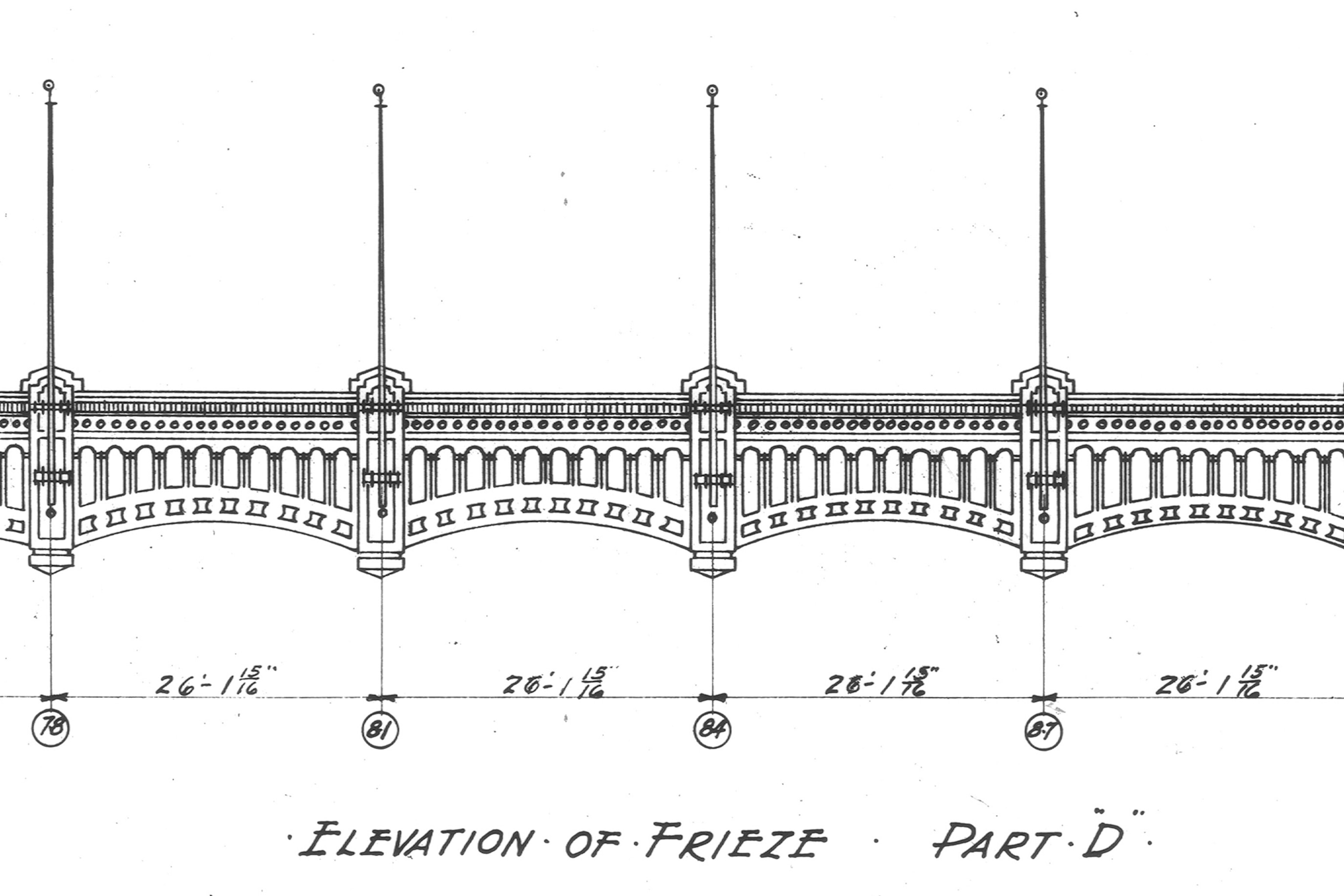
The plans for Yankee Stadium would have been 60 or 70 pages, Rim says, with sheets detailing everything from the structure, to the electrical and plumbing systems, to the decorative elements that made the park unique, such as the terracotta panels featuring an eagle clutching baseball bats in its talons.
Osborn sold off most of its archive, including the original blueprints for Yankee Stadium, more than a decade ago. Many were eventually sold at auction. But some got left behind. The drawings in this post were made in 1927 and 1934 for renovations to the stadium that extended the original triple-decker grandstand down the left- and right-field lines.
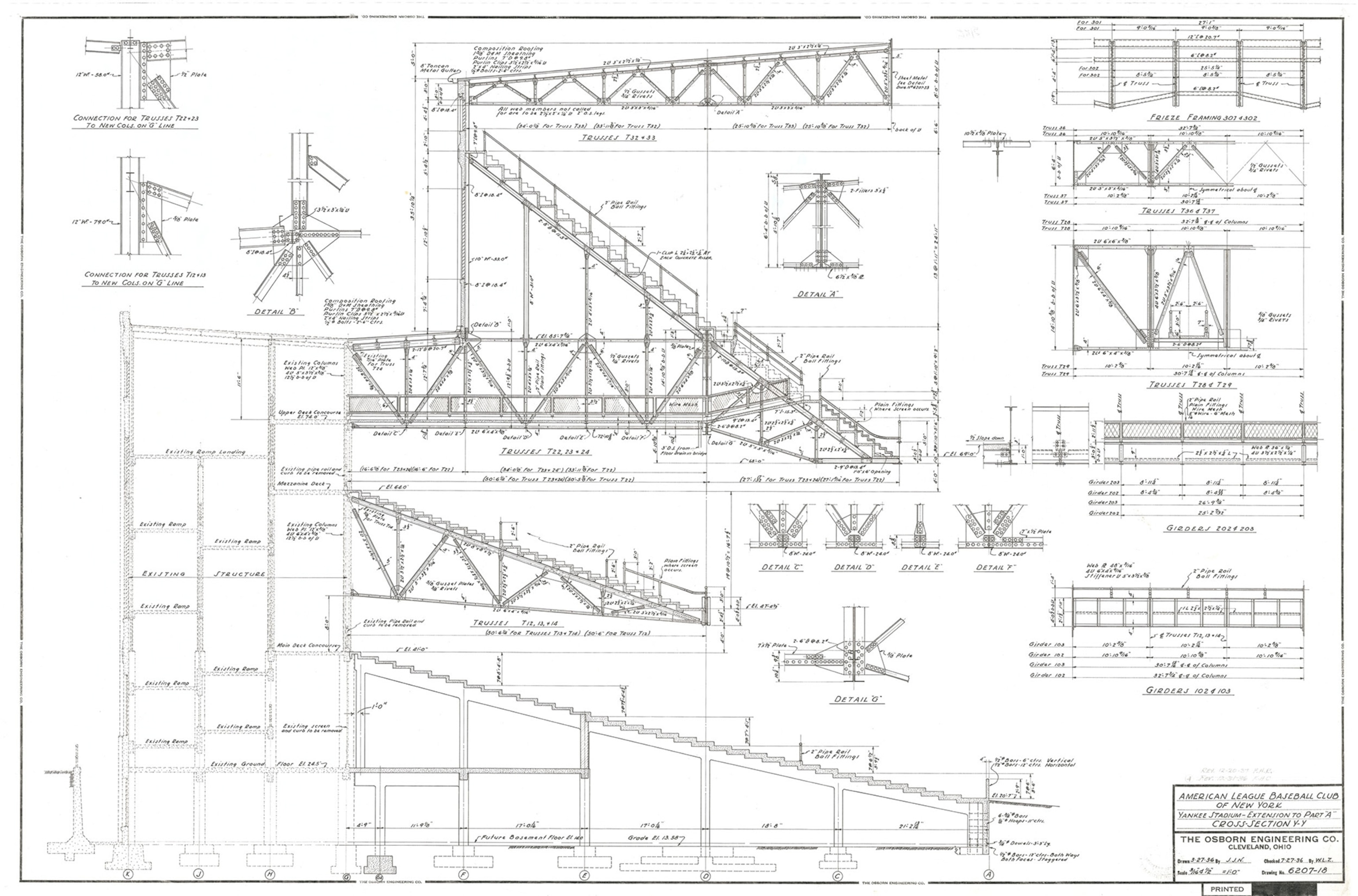
Osborn also had a major role in making Boston’s Fenway Park what it is today. After a series of fires destroyed the wooden bleachers in the late 1920s, Osborn designed a steel and concrete grandstand for the left-field line in 1934. The design also included the imposing 37-foot-high left-field wall now known as the Green Monster.
Tom Yawkey, who owned the Red Sox at the time, sent Osborn a letter thanking the engineers for their work. “I have not heard one unfavorable comment to date, and don’t think that we ever will,” Yawkey wrote.
Osborn’s work wasn’t always so warmly received, however. In the late 1980s, the firm installed lights at Wrigley Field in Chicago—the last major league ballpark with no nighttime games. Some neighbors weren’t happy about it, and Rim recalls leaving the stadium one day to find a swarm of reporters with cameras and microphones waiting outside. One asked if he was the out-of-town engineer working on the lights. “If I’d have said yes, I would have been lynched on the spot,” Rim says. “I jumped in a cab and went to O’Hare.”
But he notes that all these years later, the lights at Wrigley are still on. “You know what? They really love the lights now.”


